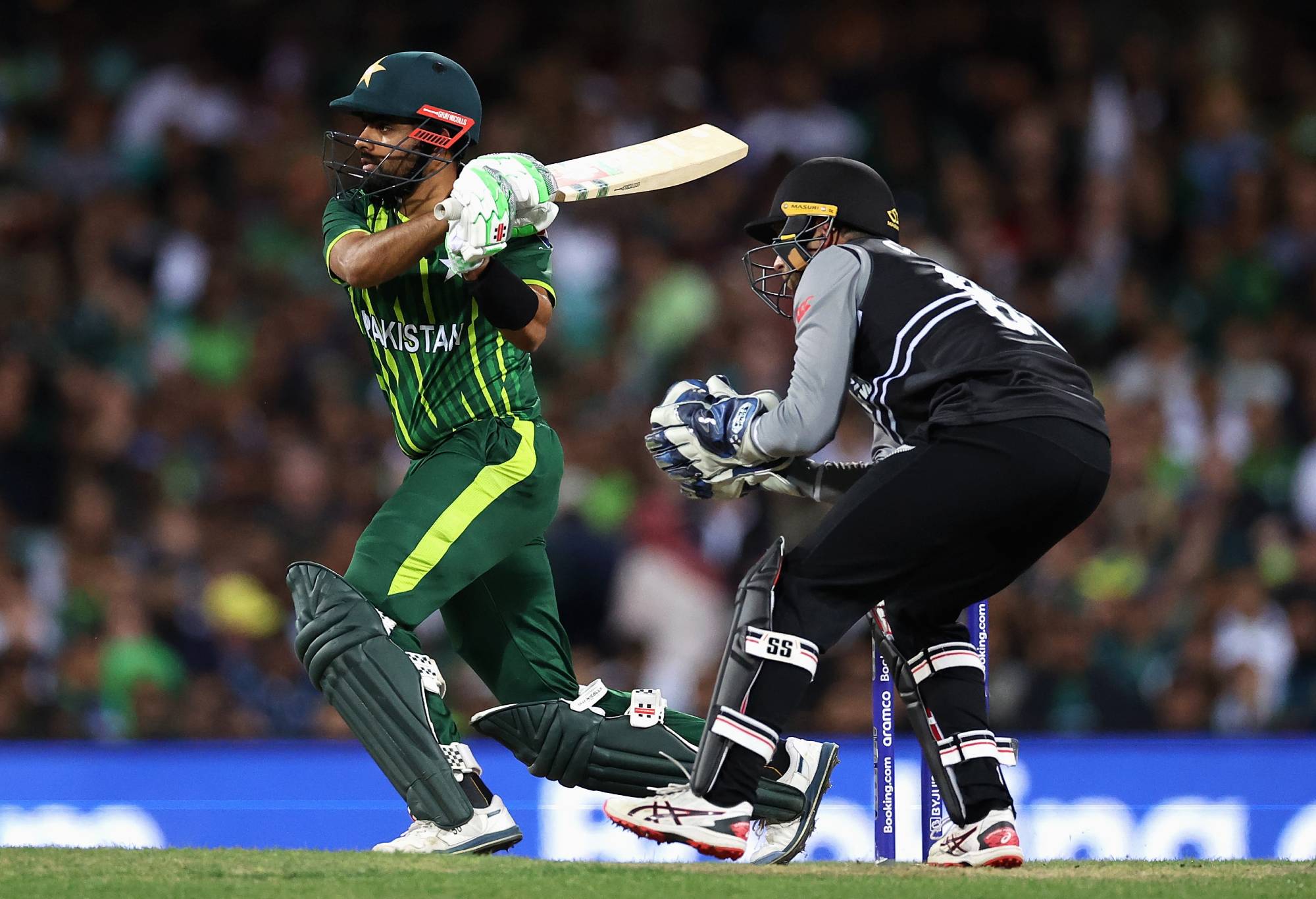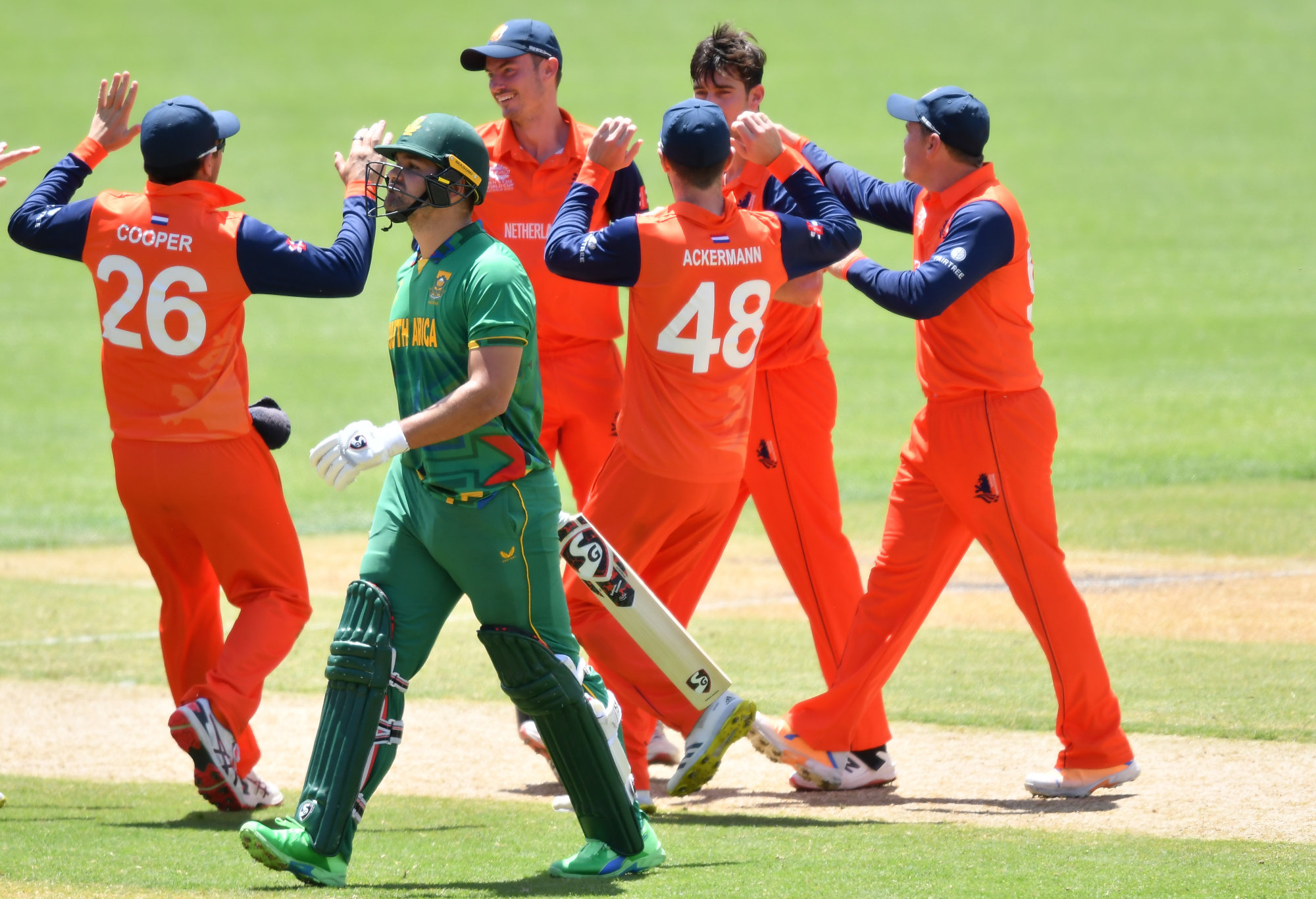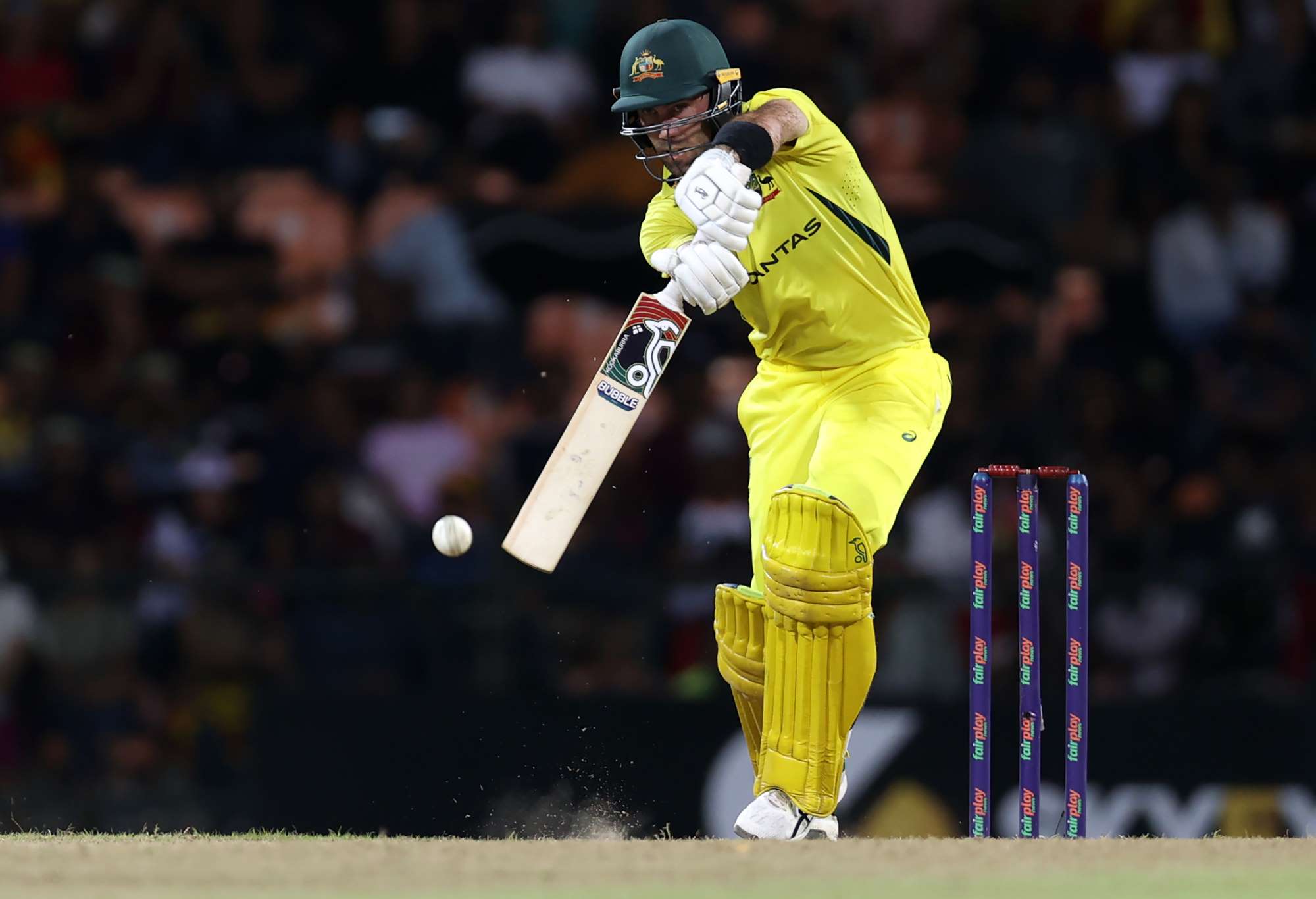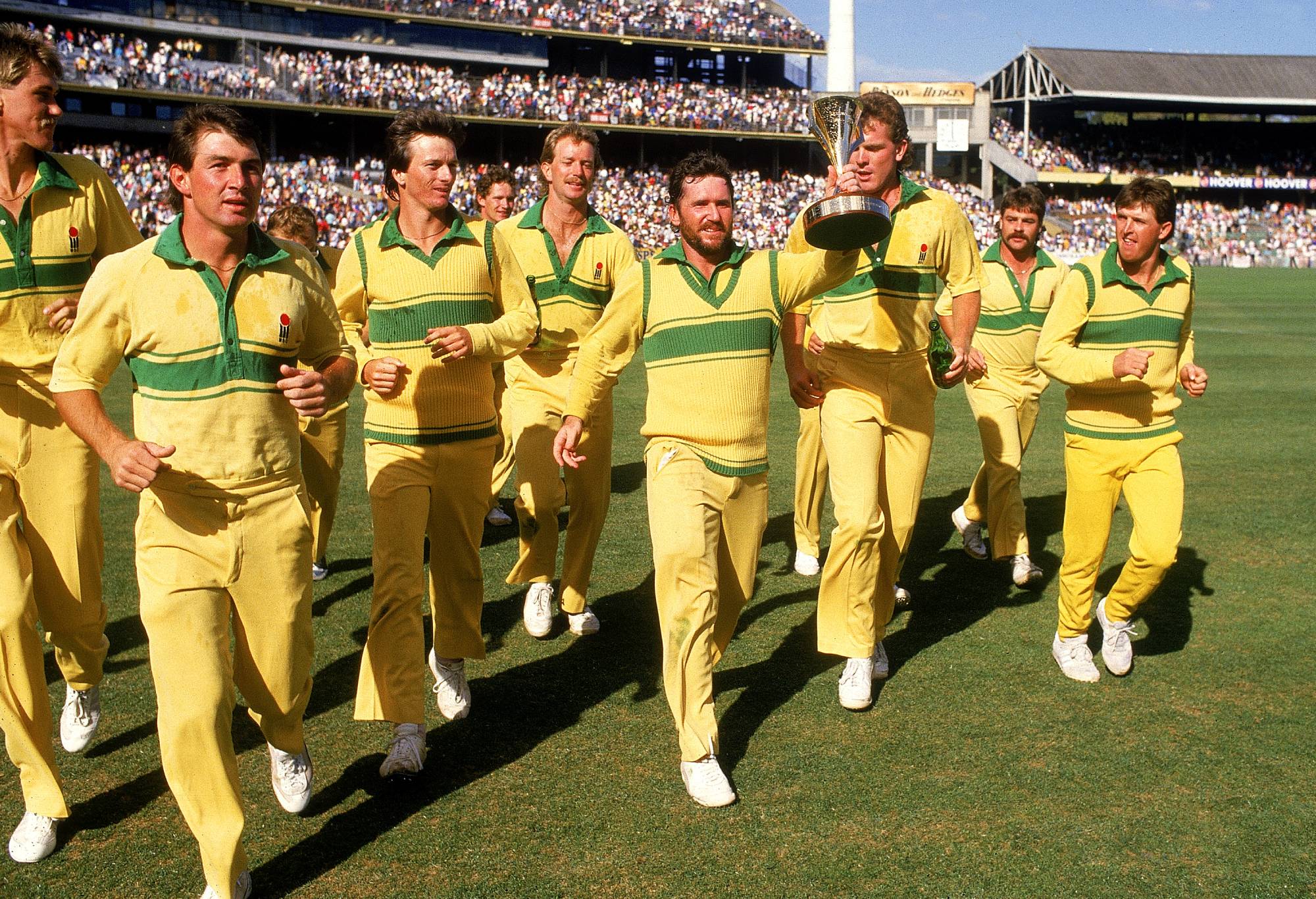One-day internationals have had a good run but it’s now holding cricket’s global ambitions back.
It’s time for the evolution of the sport to swallow up the 50-over version of the game at international level because, quite frankly, the explosion in T20 popularity has revolutionised cricket in a way that the Test and ODI formats were never able to do.
Cricket is now finally branching out from beyond its British Empire origins in places where the Union Jack has never flown.
The upsets at the T20 World Cup from the likes of Ireland, the Netherlands, Namibia and the emergence of Afghanistan can be a sign of things to come if cricket focuses on the shortest format while also retaining Test matches for the traditional nations in the red-ball arena.
CLICK HERE for a seven-day free trial to watch the T20 World Cup on KAYO
Test cricket started with a timeless format which was used – not in every match – from the first contest between Australia and England in 1877 through to the Second World War.

(Photo by Cameron Spencer/Getty Images)
It evolved into a five-day format and depending on who you listen to, it could shrink to four within the next decade as the ICC tries to maintain its relevance.
One-day internationals sprung up by accident in January of 1971 when the third Ashes Test in Melbourne was ruined due to rain and the only remaining option was to have a hit on the last scheduled day’s play.
They worked out a format where each team would get 40 eight-ball overs each and – this was a foreign concept in international cricket at the time – there was no possibility of a draw, only the unlikely event of a tie. Someone would win, someone would not.
Officials weren’t expecting much of a crowd to turn out for this experimental fixture but more than 46,000 flocked to the MCG and after Sir Donald Bradman – credited with coming up with the idea – addressed both teams before the start of play to reinforce the match’s importance, Bill Lawry won the toss and sent the English team in.

Brandon Glover of the Netherlands celebrates after taking the wicket of Rilee Rossouw of South Africa. (Photo by Mark Brake-ICC/ICC via Getty Images)
They managed a decent tally of 190 which Australia chased down with five overs to spare and history was literally made – one-day internationals quickly gained traction with a World Cup four years later.
After starting with 60-over matches in 1975, it was reduced to 50 for the 1987 tournament and coloured clothing with a white ball did not even become the norm until Australia hosted the 1992 event.
Cricket can be slow to change.
But now is the time to make a drastic measure and merge the ODI format with T20 to have one true World Cup.
When it comes to international sports, two’s company, three’s a crowd.
Football, the world’s most popular sport, has one true international format with futsal, indoor, beach and any other variety, including the Olympic tournament, not taking away any attention from the World Cup.
Golf, tennis, basketball, rugby, any other major international sport you can think of has a clear north compass when it comes to its main format and its most sought-after trophies.
If you’re one of those cricket fans who try to explain the global format to someone with no understanding of the sport, you would need roughly the time it takes to play a 50-over match to explain the complexities of the three formats, which countries play which version and why this trophy matters but this one doesn’t.
Part of Australia’s apathy about the T20 World Cup on home soil over the past few weeks is that there are so many of these tournaments.
If you throw in the World Test Championship final, there will be 15 world champions crowned in men’s cricket alone in the space of a decade judging by the ICC’s Future Tours Programme released in June.
T20: 2021, 2022, 2024, 2026, 2028, 2030
ODI: 2023, 2027, 2031
Test: 2021, 2023, 2025, 2027, 2029, 2031
The ICC, in its infinite wisdom/greed, has also decided to reintroduce the Champions Trophy eight-team event in 2025 and 2029 to put even more silverware up for grabs in the ODI format.
We’ve reached a tipping point.
It’s too hard for fans to keep track and it’s the kind of schedule which can be overwhelming for players.
Three-format stars are likely to be thin on the ground as the workload and travel toll will be a huge burden for someone like young Australian all-rounder Cameron Green to navigate their way through.

(Photo by Buddhika Weerasinghe/Getty Images)
His veteran teammate Glenn Maxwell put his foot in his mouth with his dopey comments after the World Cup which made it look like he and the team did not care about their failure to not even reach the semi-finals in their title defence on home soil.
“Cricket never stops so you don‘t get time to dwell. Maybe when you retire you think back to it would have been nice to win that but it doesn’t mean anything. I wish we had have won, but we didn‘t.”
But what it also shows is that the players are bleary-eyed about the seemingly never-ending schedule where they travel from city to city, country to country, change kit and mindset to the format and are expected to maintain high standards and interest levels no matter what.
The IPL will more and more become the flagship for worldwide interest in cricket, which is another reason why T20s should swamp ODIs at international level.
Due to the smaller margin for error, non Test-playing nations find it easier to be competitive in 20-over contests and cause upsets, as we saw with the Dutch defeating South Africa to deny them a semi-final berth.

Allan Border leads the Australian team after winning the world series cup during one-day cricket’s heyday in 1986. (Photo by Tony Feder/Getty Images)
This has been a much less frequent occurrence in 50-over tournaments and there’s little point investing too many resources in building up ICC associate nations in the Test arena when it’s highly unlikely they’ll ever be genuine competition for the established teams.
There will be 20 teams in the main draw of the next T20 World Cup in the US and Caribbean in 2024 and in a decade or two, that number could rise even higher.
Distilling international cricket back to a dual calendar of a long-form Test program and the T20 bash-fest to grow the game into new territories should be the priority for the sport.
Judging by the ICC’s scheduling decisions, centred around the rivers of gold in TV ratings revenues that flow from any content involving the Indian cricket team, ensuring international cricket’s quality does not appear to be as much of a priority as the quantity.
>Cricket News

%20(3).jpeg)




0 Comments